4 Select the Name Range which you want to Delete 5 Here we have already created the Named Range as "Months" 6 Select the Name Range "Months" 7 Click Delete 8 Click on Close to close the Name Manager dialogue box This will delete the Named Range from the Excel WorkbookNamed Ranges are the name given for a group or range of cells Named range is used to refer to the specific range of cells which needs to be accessed later on We can name a range in both excel or VBA While making a named range in VBA we need to use Add name function in VBA Recommended Articles This is a guide to VBA Named RangeA named range in Excel is nothing more than a cell or range of cells that has been given a friendly, descriptive name Naming your ranges allows you use easily recognizable names in your formulas instead of cell addresses For instance, say that you have lineitem sales in cells A15 and you have a percent
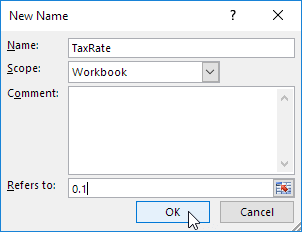
Create A Named Range In Excel Easy Excel Tutorial
Range name excel definition
Range name excel definition-When you create a named range in Excel, it doesn't automatically include new items If you plan to add new items to a list, you can use a dynamic formula to define an Excel named range Then, as new items are added to the list, the named range will automatically expand to include them The written instructions are below the videoExcel Name Box is nothing but a small display area on excel that shows the name of active ranges in excel Uses of Name Box There are a few important uses of Excel Name Box To See Names This is one basic use of excel name box The name box can be used to see names of active cell, named range, table names and other object's names




Named Ranges In Excel See All Defined Names Incl Hidden Names
The definition is simple a name is a word or series of characters that's applied to a cell or a range of cells Here's a simple example In the image above, a group of cells is selected, and the Name box displays the name I previously assigned to that group ("Sales")Named ranges in Excel are labels that you can assign to individual cells or cell ranges This allows you to use range names anywhere you would use a cell or cell range reference For example, you can define the cell range C1C45 as "Employees" Now, whenever you need to enter that cell range, you don't have to remember the exact cell range Names in Excel In Excel, you can create names that refer to cells, or to a constant value, or a formula After you create Excel names, you can use them in formulas, or quickly go to a named range There are rules for Excel Names, and here's what Microsoft says is allowed It seems clear, but a few of the rules aren't as ironclad as they look
From the Formulas menu bar, locate the Named Cells panel, and click Name a Range > Name a Range (Excel 07) In Excel 10 to 16, click Define Name > Define Name from the Defined Names panel From the New Name dialogue box, click in to the Name textbox at the top and enter Monthly_Result (with the underscore character) Click OK4 Select the range, type the name in the Name box and press Enter 5 Now you can use this named range in your formulas For example, sum Prices To create a named constant, execute the following steps 6 On the Formulas tab, in the Defined Names group, click Define Name 7 Enter a name, type a value, and click OK 8 Name range in excel are the ranges which have been given a name for the future reference, to make a range as named range first select the range of data and then insert a table to the range, then we put a name to the range from the name box in the lefthand side of the window, after this we can refer to the range by its name in any formula
Create a Named Range by using the Define Name option First, focus on the cells by selecting the range of cells Now, navigate to the Formulas tab Next, go to the Defined Name group Click to select Define Name Now once the New Name dialog box opens, mention three things Name, Scope, CommentRange names are names used to refer to cell references, formula results, or values They are often used to avoid hardcoded values appearing in formulas and to make formulas clearer in general They are stored in what is known as the Name Manager in Excel In the Defined Names section, click "Use In Formula" and select "Paste Names" from the dropdown menu You can also press "F3" Advertisement NOTE If there are no named cell ranges in your workbook, the "Use In Formula" button is not available On the Paste Name dialog box, all the named cell ranges display in the Paste name list




How To Create And Use Excel Named Ranges



1
2 I have never seen a local range name being created by defining the same name twice, the second time simply overwrites the first definition Copying a sheet effectively creates local range names for all global ones pointing to the original sheet But before you define MyData, your work will be easier to understand if you define five normal range names First, assign the names shown in the range A1 to the adjacent cells in column B To do so, select the range A1B4;Define names from a selected range Select the range you want to name, including the row or column labels Select Formulas > Create from Selection In the Create Names from Selection dialog box, designate the location that contains the labels by



How To Define And Edit A Named Range In Excel
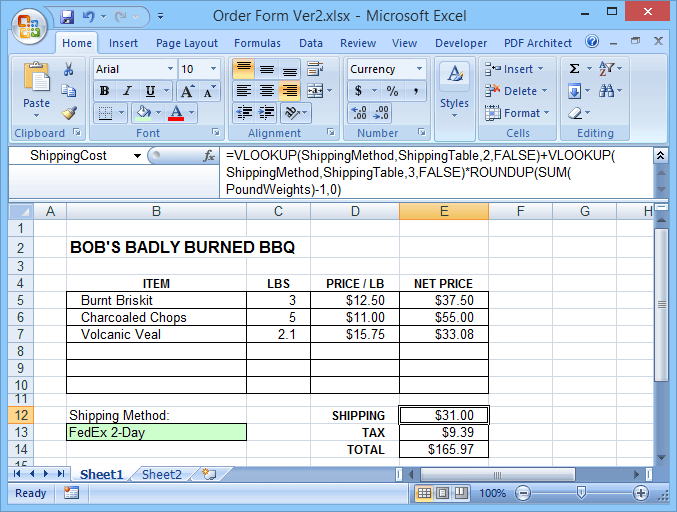



Why You Should Be Using Named Ranges In Excel
How to create an Excel name for a constant In addition to named ranges, Microsoft Excel allows you to define a name without cell reference that will work as a named constantTo create such a name, use either the Excel Define Name feature or Name Manager as explained above For instance, you can make a name like USD_EUR (USD EUR conversion rate) andDynamic Named Range A dynamic named range expands automatically when you add a value to the range 1 For example, select the range A1 and name it Prices This means the named range can be accessed by any worksheet in your Excel file Creating Names With The "Name Manager" If you want to customize your named ranges even more, you can open up the Name Manager ( Formulas tab > Defined Names group > Name Manager button) to edit and create new named ranges




Locating Name Manager In Excel For Mac Ask Different




Entering Named Cells And Ranges Working With Formulas And Functions In Excel 13 Informit
Select the range you want to name Click on the "Formulas" tab on the Excel Ribbon at the top of the window Click "Define Name" button in the Formula tab In the "New Name" dialogue box, under the field "Scope" choose the specific worksheet that the range you want to define is located (ie "Sheet1") This makes the name specific to this You would select the range 00 and in your Ribbon's Formulas, Defined Names group, choose Create from Selection In the dialog, make sure that only Left Column is checked Then choose OK Then you would define the names locally in each appropriate worksheet To illustrate, suppose you want to define a local name in sheet AThe formula summarises the data from the sheet defined in the column "Sheet" and the cell range in the column "Named Range" Since the named range is the part of our formula, we will have to explain how can we create them in Excel Create Named Ranges Follow these steps to create named ranges In Formula tab click on the Name Manager
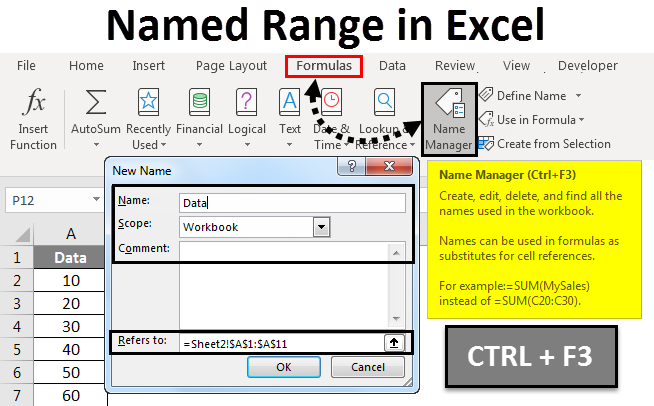



Named Range In Excel How To Create Named Range In Excel
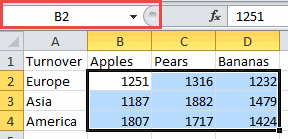



Excel Range Names In Excel Content
Create Range Names 1 Select a range of cells in your spreadsheet (for example, in our sample, select B4B13) 2 From the Formulas tab, click Define Name 3 Notice that ExcelTo add a named range, select the range of cells that you wish to name In this example, we've selected all cells in column A Then select the Formulas tab in the toolbar at the top of the screen and click on the Define Name button in the Defined Names group When the New Name window appears, enter a descriptive name for the rangeChoose Formulas, Defined Names, Create From Selection, to launch the Create Names dialog (Or you can press CtrlShiftF3)



How To Define And Edit A Named Range In Excel
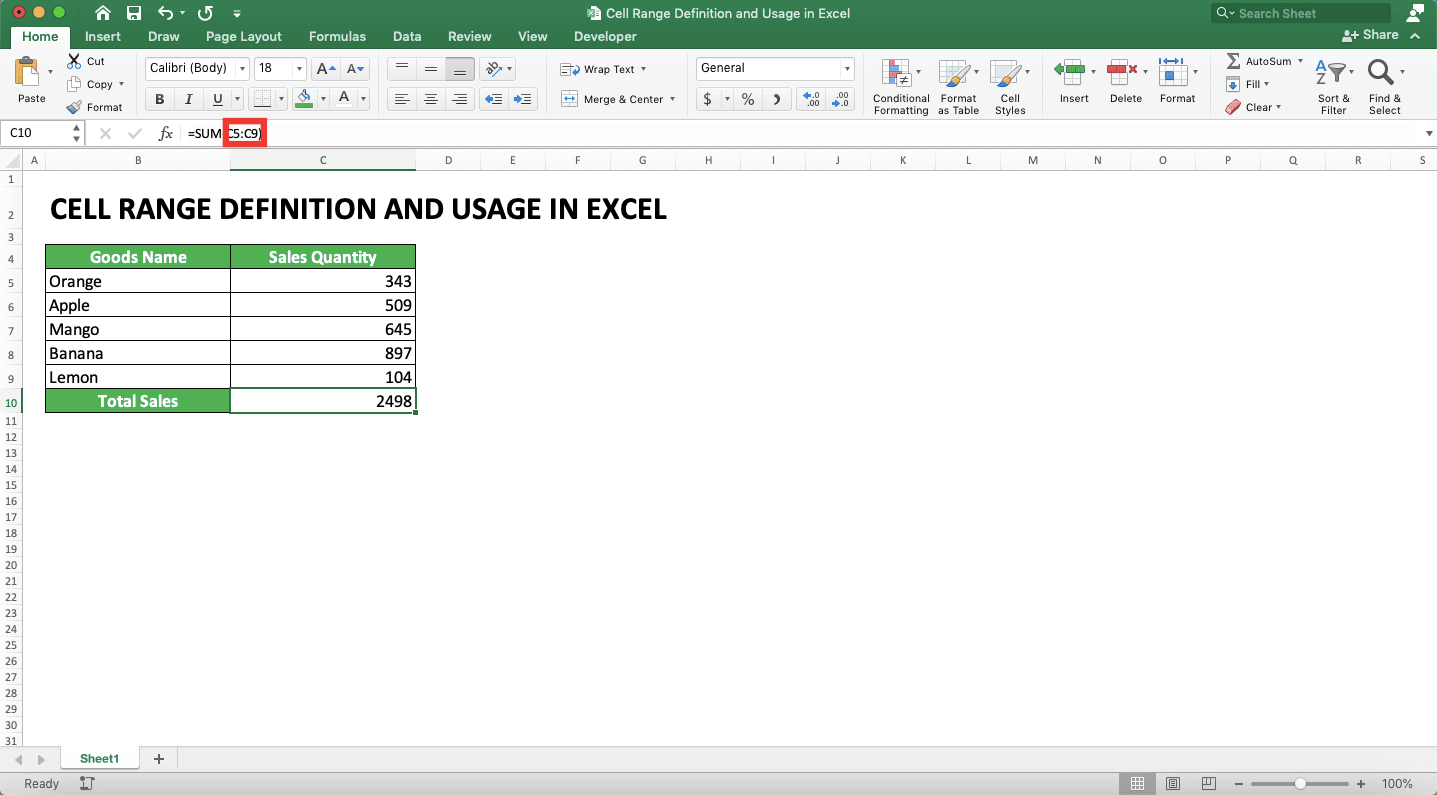



Cell Range Definition And Usage In Excel Compute Expert
Named ranges are a useful, but often underutilized, feature of Microsoft Excel Named ranges can make formulas easier to understand (and debug), simplify the creation of complicated spreadsheets, and simplify your macros A named range is just a range (either a single cell, or a range of cells) to which you assign a nameType a name in the Name field (Excel can display the name if you selected a data range with a heading line) The active or selected cell or range address appears in the box labeled Refers toVerify that the address listed is correct and then click OK to add the name to your spreadsheet and close the dialog box Note A faster way to create a name is to use the Name box (to the left Select the new cell range (In this case, select the range C7C19) Choose Name from the Insert menu and then choose Define Excel displays the Define Name dialog box




How To See All Of The Named Cell Ranges In An Excel Workbook




Excel Name Definition Using Indirect Formula Within Its Range Target Area Microsoft Tech Community
Excel VBA Named Range When we work with a large amount of data to avoid referring to a particular cell or cell ranges we usually create named ranges and it allows us to refer to the required cell range through the named range In VBA to create name range we have Add Name Function We can select a cell or range of cells and give a name to itLess You can quickly create a named range by using a selection of cells in the worksheet Note Named ranges that are created from selecting cells have a workbooklevel scope Select the range you want to name, including the row or column labels Click Formulas >Here are the steps to create Named Ranges in Excel using Define Name Select the range for which you want to create a Named Range in Excel Go to Formulas –> Define Name In the New Name dialogue box, type the Name you wish to assign to the selected data range You can specify the scope as Click




Create A Named Range In Excel Easy Excel Tutorial
:max_bytes(150000):strip_icc()/NamedRangeNameManager-5c192805c9e77c0001a4b91c.jpg)



How To Define And Edit A Named Range In Excel
In a spreadsheet, a cell range is defined by the reference of the upper left cell (minimum value) of the range and the reference of the lower right cell (maximum value) of the range Eventually separate cells can be added to this selection, then the range is called an irregular cell range In Excel, the minimum and maximum value are included Your Excel data changes frequently, so it's useful to create a dynamic defined range that automatically expands and contracts to the size of your data range Let's see how By using a dynamic defined range, you will not need to manually edit the ranges of your formulas, charts, and PivotTables when data changes This will happen automaticallyIn my opinion, there are three main reasons to use Named Ranges in Excel Formulas1) They are easier to write especially when range of cells is large2) The
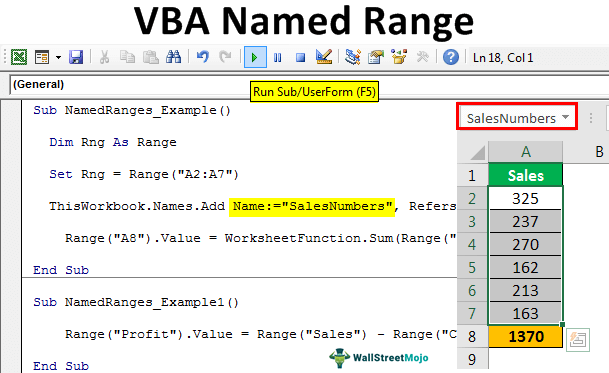



Vba Named Range How To Create And Use Named Ranges




Create A Named Range In Excel That Grows Automatically Youtube
Normally, Named Ranges are very useful for Excel users, you can define a series of values in a column, give that column a name, and then you can refer to that range by name instead of its cell references But most time, you need to add new data to expand theCreate a Range Name using the New Name dialog box You can also create Range Names using the New Name dialog box from Formulas tab Step 1 − Select the range for which you want to define a name Step 2 − Click the Formulas tab Step 3 − Click Define Name in the Defined Names group The New Name dialog box appearsNamed range from another cell To get an address for a named range in another cell, you'll need to use the INDIRECT function For example, to get the address of a name in A1, you would use =



How To Assign A Name To A Range Of Cells In Excel Tips General News




How To Create Named Ranges In Excel A Step By Step Guide
Excel formula Dynamic named range with OFFSET Exceljet Excel Details This formula uses the OFFSET function to generate a range that expands and contracts by adjusting height and width based on a count of nonempty cells The first argument in OFFSET represents the first cell in the data (the origin), which in this case is cell B5Excel 16 tutorial on how to assign your own name to a cell, or range of cells This can be very helpful when using a familiar name of a cell, or range of(2) Place the cursor into the Refers to box, next go to the Sheet Tab bar and select multiple adjacent sheets by holding the Shift key and clicking the first sheet and the last one, and then select a range in current worksheet 3 Click the OK button in the New Name box




Named Ranges In Excel Exceljet
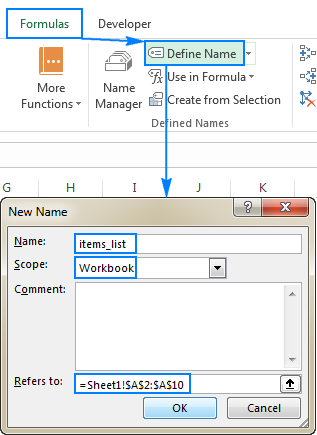



Excel Names And Named Ranges How To Define And Use In Formulas
Excel name types In Microsoft Excel, you can create and use two types of names Defined name a name that refers to a single cell, range of cells, constant value, or formula For example, when you define a name for a range of cells, it's called a On the Formula tab, in the Defined Names group, click Define Name Or, press Ctrl F3 to open the Excel Name Manger, and click the New button Either way, the New Name dialogue box will open, where you specify the following details In the Name box, type the name for your dynamic range In the Defined Names group, click Name Manager Click New In the Name box, type Date In the Refers to box, type the following text, and then click OK =OFFSET ($A$2,0,0,COUNTA ($A$2$A$0),1) Click New In the Name box, type Sales In the Refers to box, type the following text, and then click OK
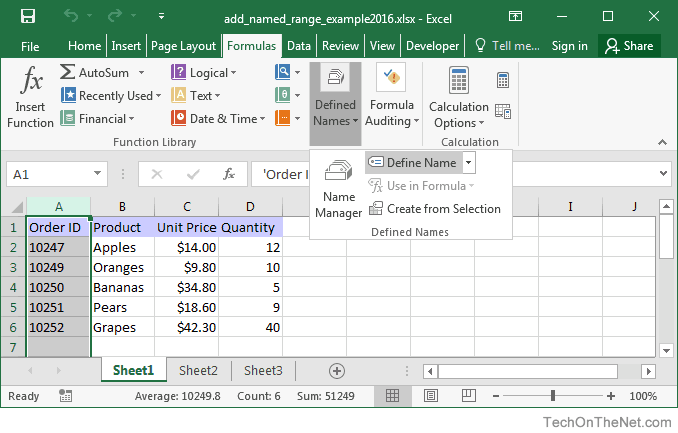



Ms Excel 16 Add A Named Range
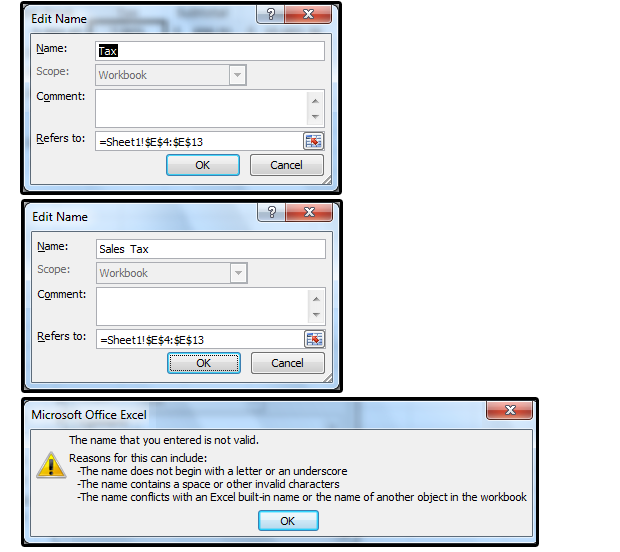



Excel Pro Tips How To Create Define And Use Named Ranges Pcworld
Excel has a useful feature Named Ranges You can name single cells or ranges of cells in Excel Instead of just using the cell link, eg =A1, you can refer to the cell (or range of cell) by using the name (eg =TaxRate) Excel also provides the "Name Manager" which gives you a list of defined names in your current workbook When data is added, Excel table will automatically extend the range name This works only in the vertical direction (not horizontal) Of course, there are many more practical uses of Range Names in Excel But we will cover those in later posts(1) Type a name for this named range in the Name box;
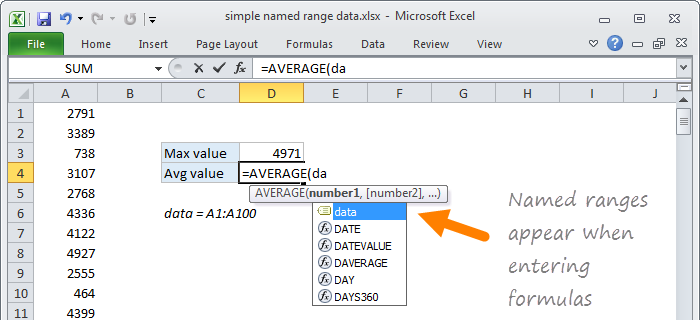



Named Ranges In Excel Exceljet




Named Ranges In Excel Exceljet
For this, you need to perform Excel if statement with multiple conditions or ranges that include various If functions in a single formula Those who use Excel daily are well versed with Excel If statement as it is one of the mostused formula
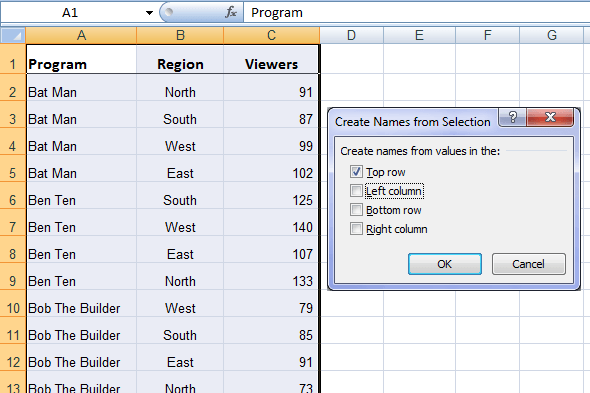



Excel Named Ranges Explained My Online Training Hub




Change A Named Range In Excel Youtube




All About Excel Named Ranges Excel Range Name




Understanding Excel References Geekgirl S
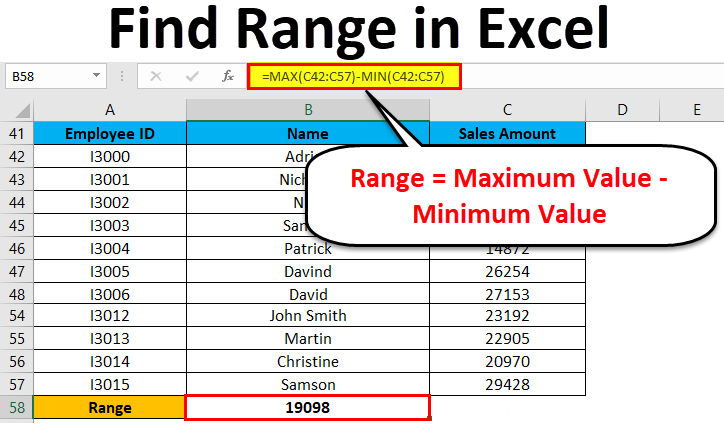



Range In Excel Examples How To Find Range In Excel




What Is A Cell Range In Excel Excel Glossary Perfectxl
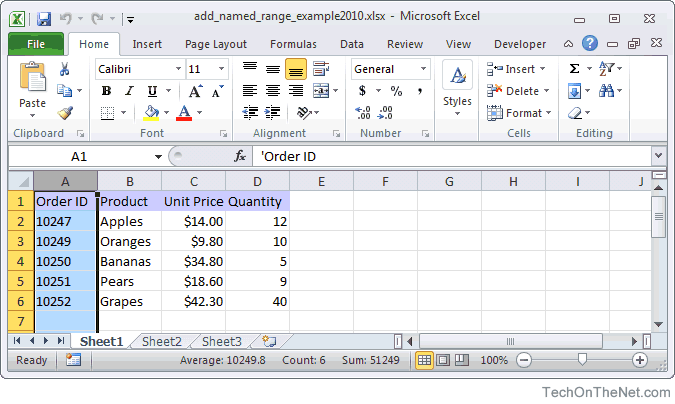



Ms Excel 10 Add A Named Range




The Fastest Way To Create Defined Names In Excel Mp4 Youtube
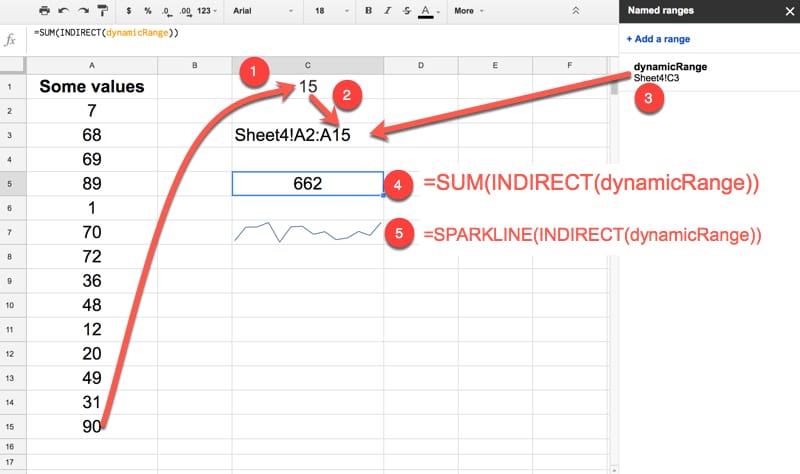



How To Create Dynamic Named Ranges In Google Sheets
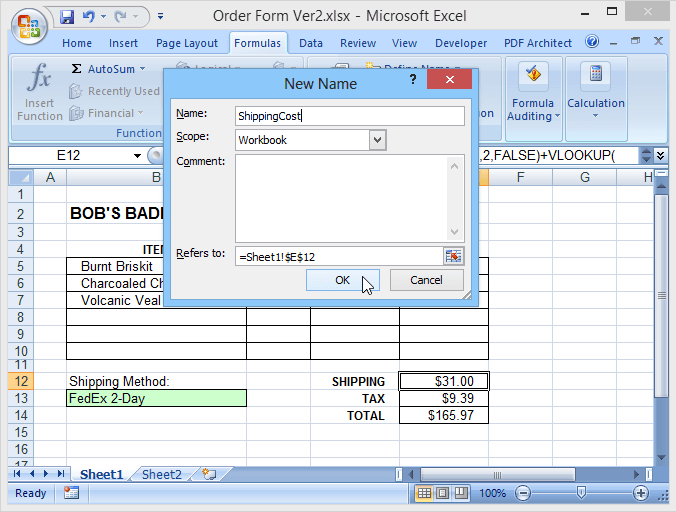



Why You Should Be Using Named Ranges In Excel




Excel Formula Dynamic Named Range With Offset Exceljet
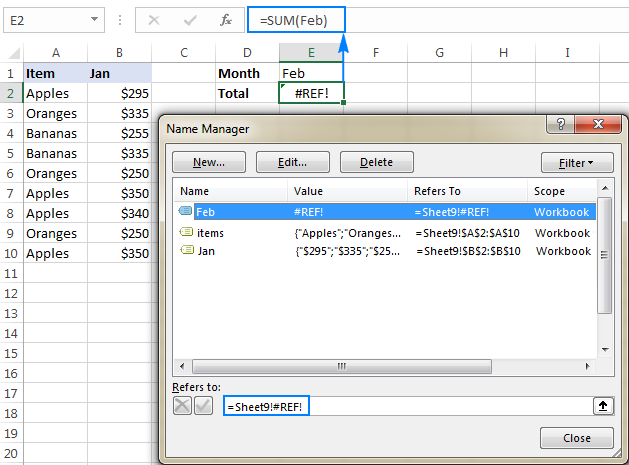



Excel Names And Named Ranges How To Define And Use In Formulas
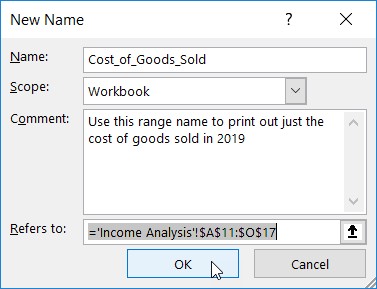



Excel Ranges Naming Your Cells In Excel 19 Dummies
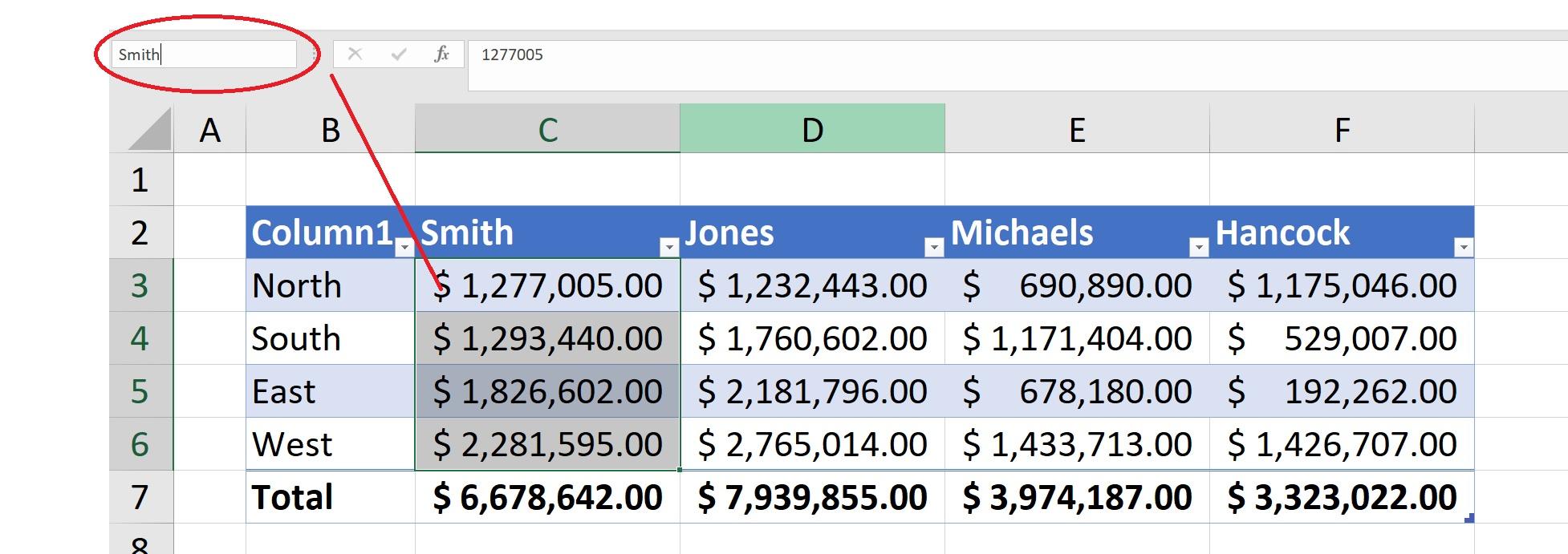



How To Use Named Ranges To Quickly Navigate An Excel Workbook Techrepublic




Excel Named Ranges Explained My Online Training Hub
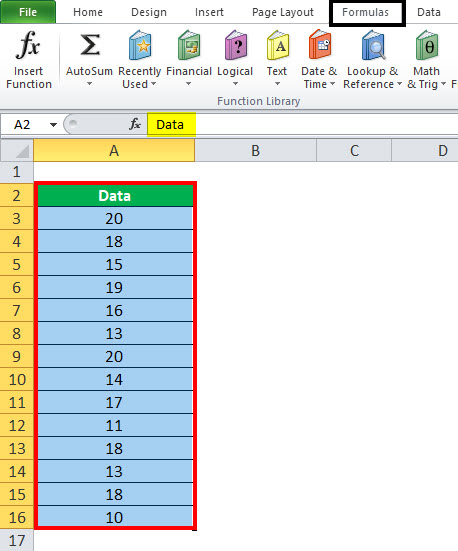



Name Range In Excel Examples How To Use Names In Excel




Create A Named Range In Excel Easy Excel Tutorial
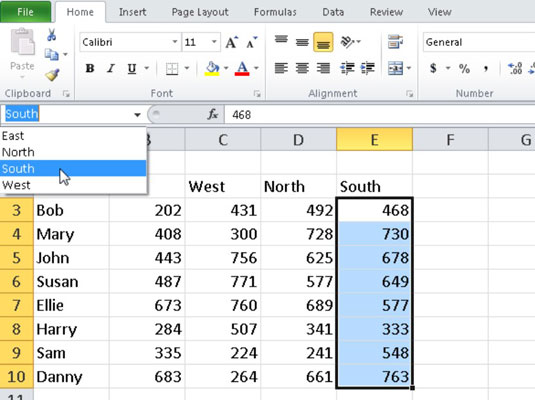



How To Name A Cell Or Range In Excel 10 Dummies




All About Excel Named Ranges Excel Range Name




Use The Name Manager In Excel
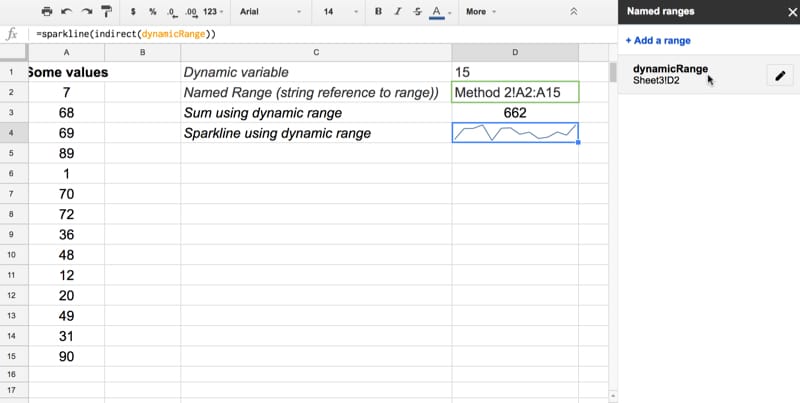



How To Create Dynamic Named Ranges In Google Sheets




Naming A Cell Or Range In Excel With Formula Excelnumber




Excel Range Names What You Need To Know Fm
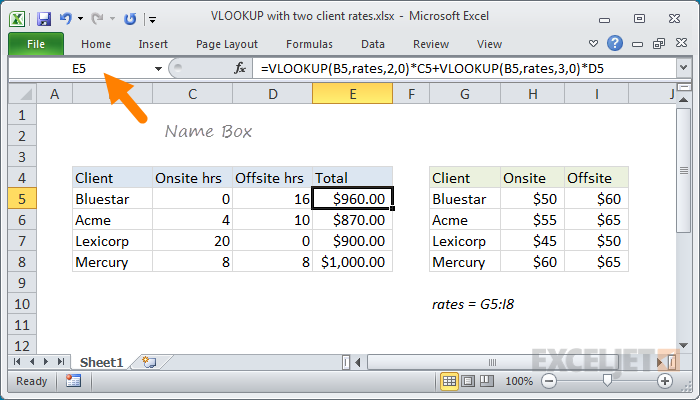



Excel Name Box Exceljet
:max_bytes(150000):strip_icc()/NameBox-5be366ed46e0fb00519ef15a.jpg)



How To Define And Edit A Named Range In Excel
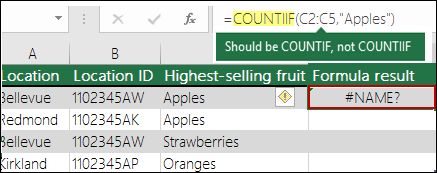



How To Correct A Name Error




Excel Range Names What You Need To Know Fm




Named Ranges In Excel See All Defined Names Incl Hidden Names
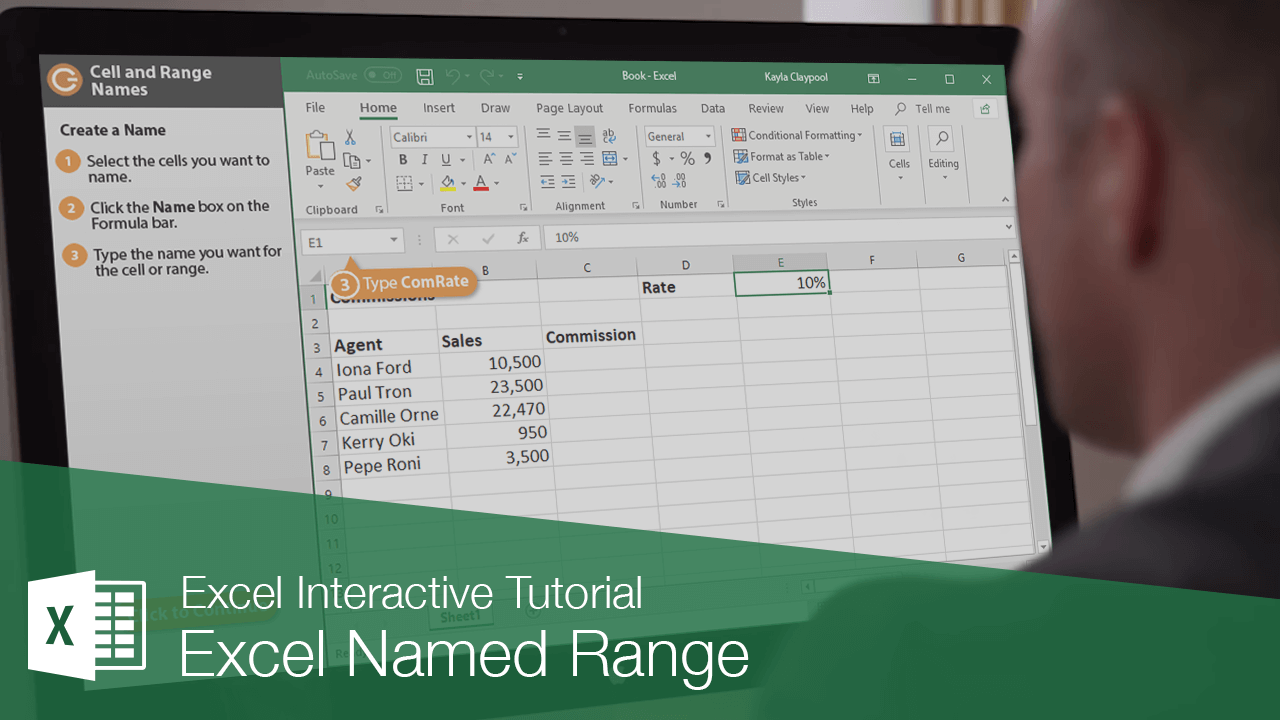



Excel Named Range Customguide
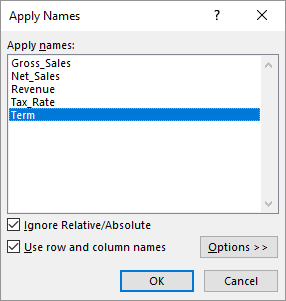



Applying Range Names To Formulas Microsoft Excel
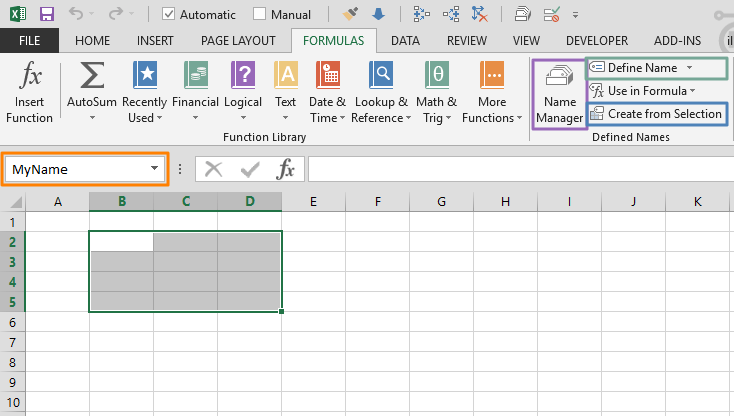



5 Ways To Create An Excel Named Range



How To Define And Edit A Named Range In Excel




Excel Range Names What You Need To Know Fm
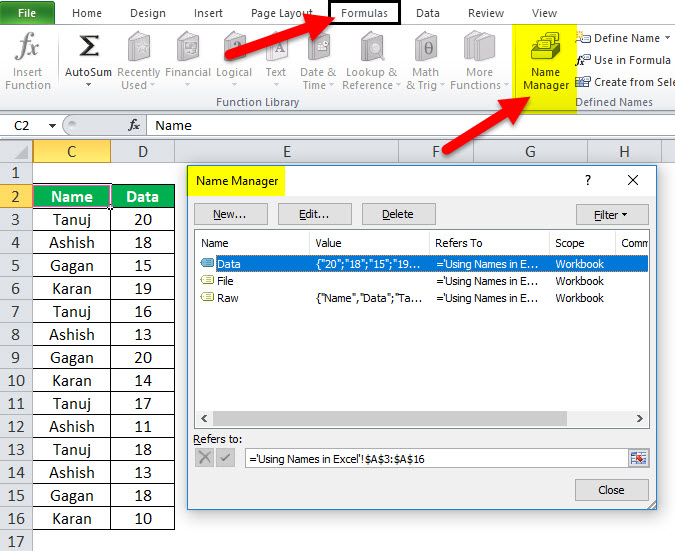



Name Range In Excel Examples How To Use Names In Excel
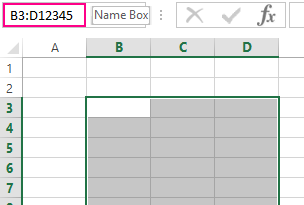



Selecting The Range Of Cells In Excel
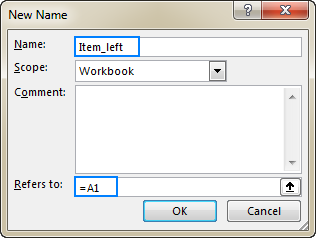



Excel Names And Named Ranges How To Define And Use In Formulas
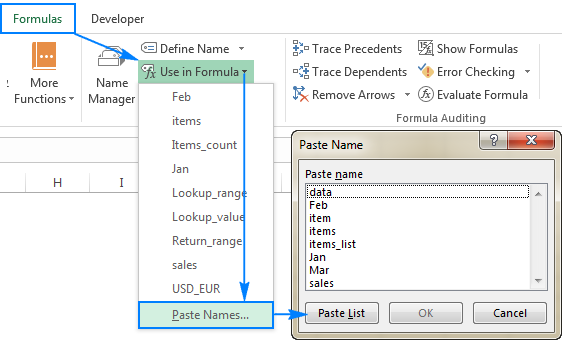



Excel Names And Named Ranges How To Define And Use In Formulas
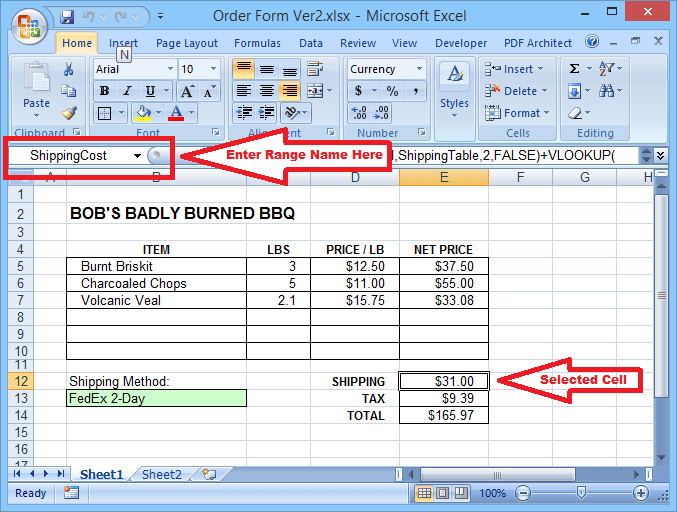



Why You Should Be Using Named Ranges In Excel




Excel Range Names What You Need To Know Fm




Excel Creating A Range Name Youtube
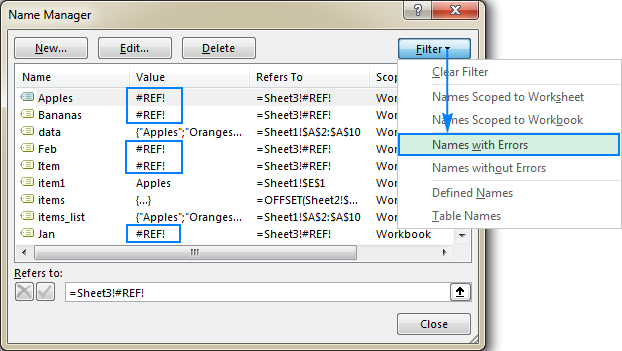



Excel Names And Named Ranges How To Define And Use In Formulas



Excel Vba Create Named Range Step By Step Guide And 4 Examples
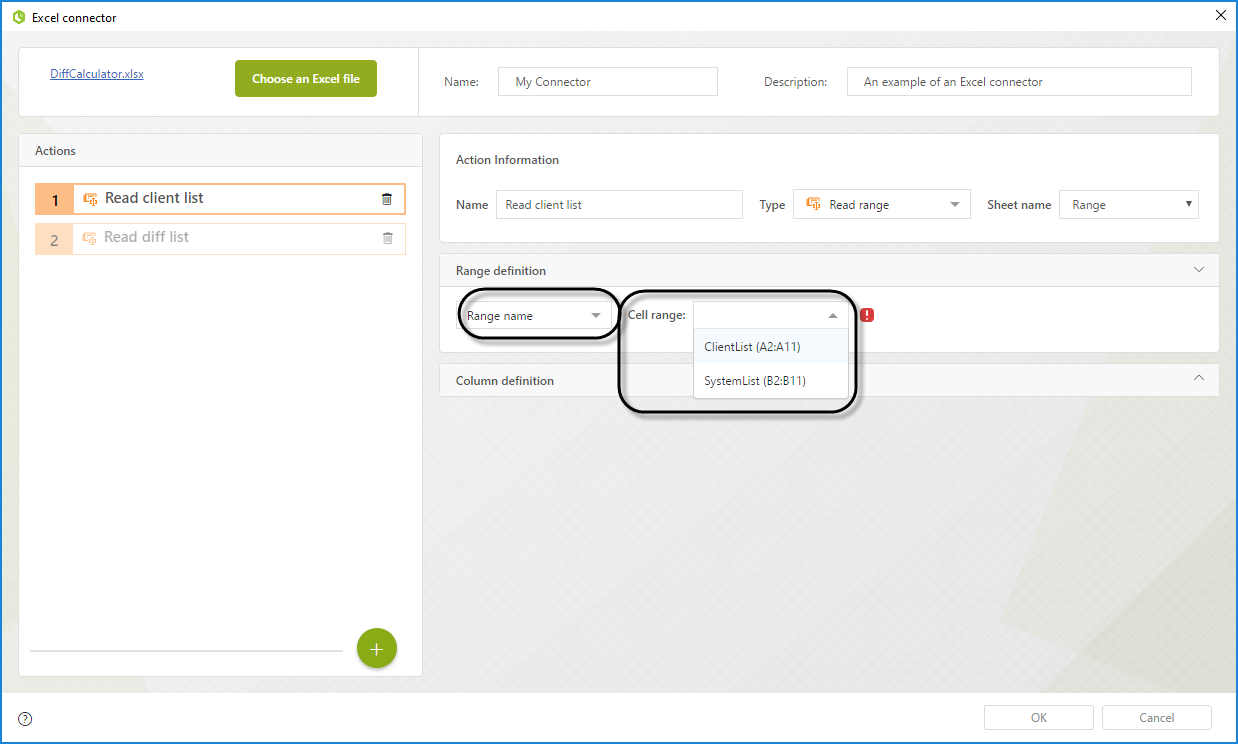



Bizagi Studio Integrating External Applications From Bizagi Excel Connector Read Range Action
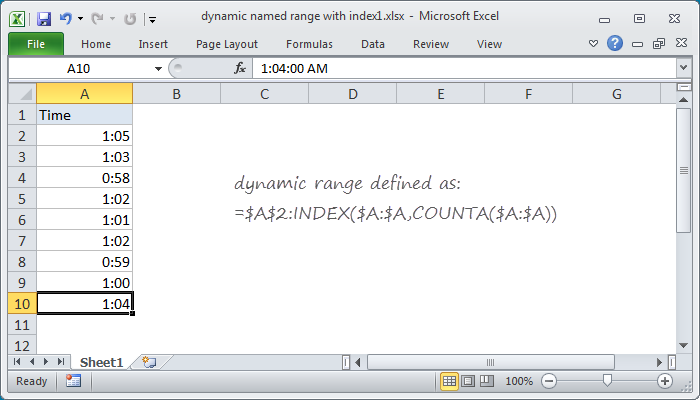



Excel Formula Dynamic Named Range With Index Exceljet



How To Define And Edit A Named Range In Excel
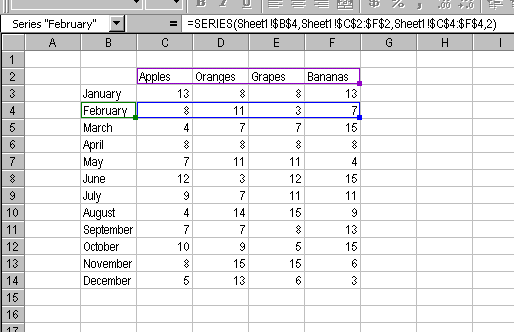



The Excel Chart Series Formula




How To Quickly Delete All Named Ranges In Excel




Twenty Five Ways To Use Excel S Name Box Accountingweb




Excel Range Names What You Need To Know Fm
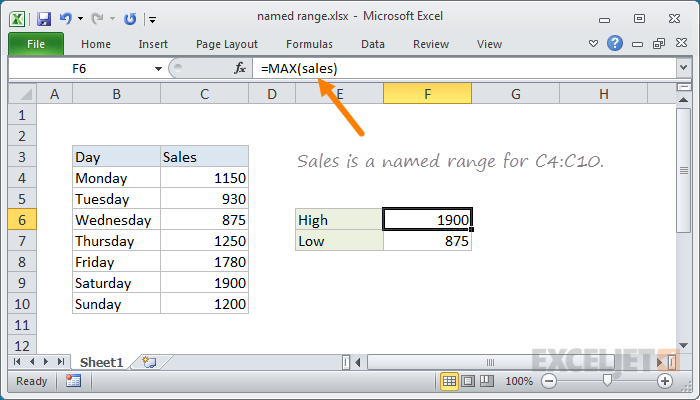



Excel Named Range Exceljet




Microsoft Excel Tutorials Named Ranges



1
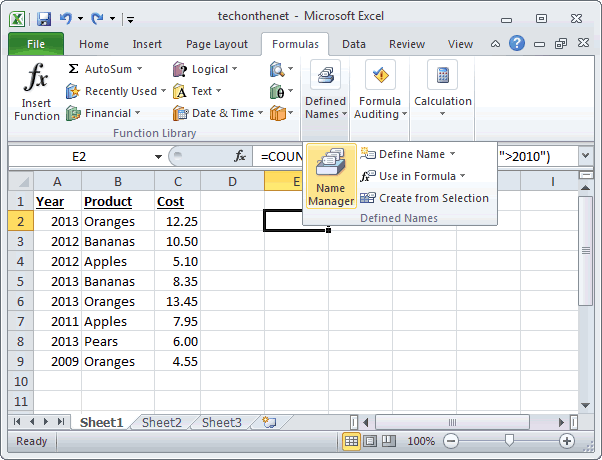



Ms Excel How To Use The Countifs Function Ws
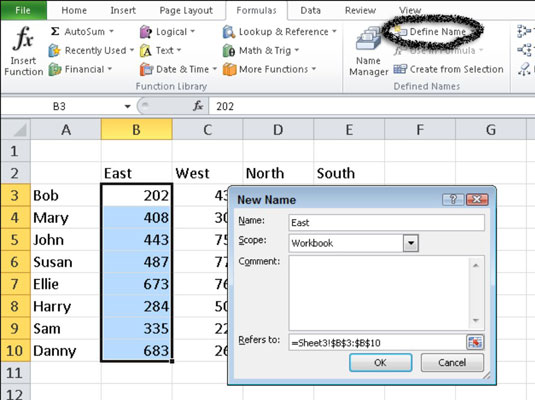



How To Name A Cell Or Range In Excel 10 Dummies




How To Create Named Ranges In Excel A Step By Step Guide
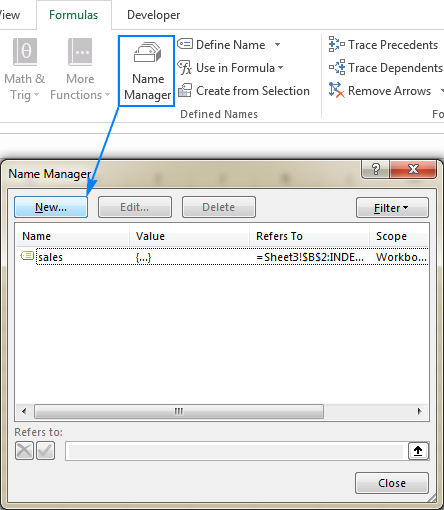



Excel Names And Named Ranges How To Define And Use In Formulas




How To Create And Use Excel Named Ranges




How To Create Named Ranges In Excel A Step By Step Guide
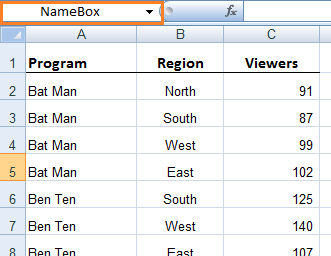



Excel Named Ranges Explained My Online Training Hub




Named Ranges In Excel Exceljet




Name Cells And Ranges In Excel Youtube
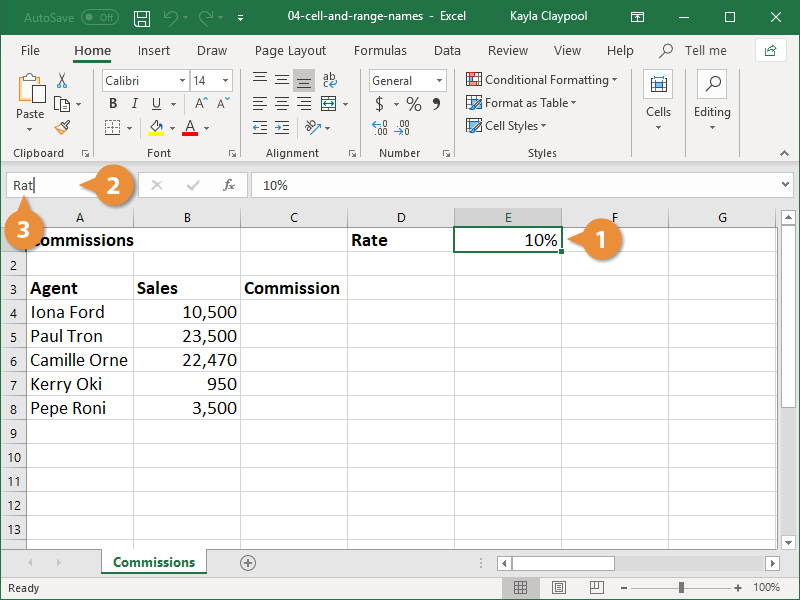



Excel Named Range Customguide




Excel Range Names In Excel Content
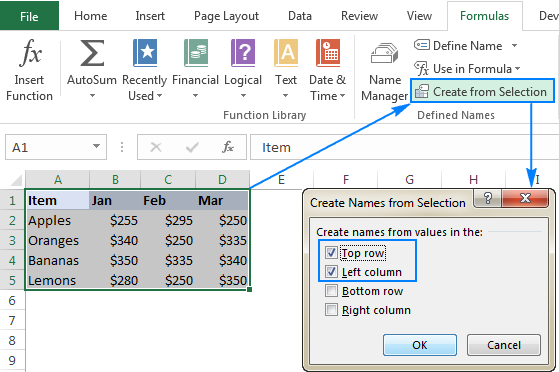



Excel Names And Named Ranges How To Define And Use In Formulas
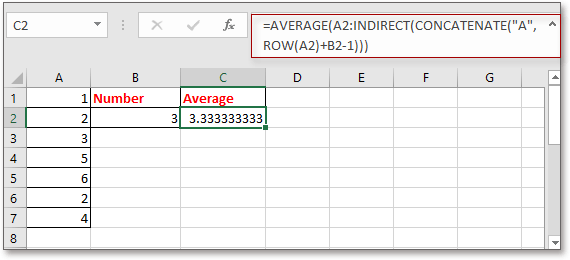



How To Define Range Based On Another Cell Value In Excel



1




How To See All Of The Named Cell Ranges In An Excel Workbook




Excel Named Ranges Formula Boosters Online Pc Learning
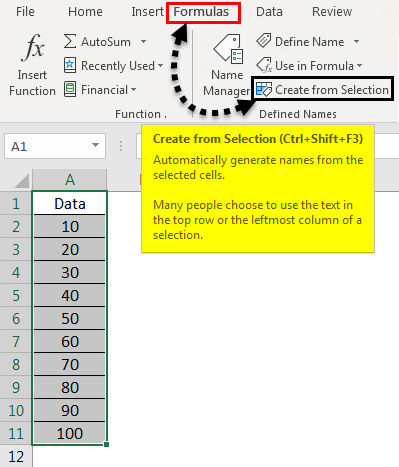



Named Range In Excel How To Create Named Range In Excel




How To Create Named Ranges In Excel A Step By Step Guide
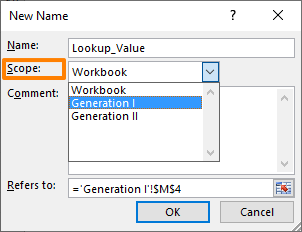



How To Make Excel Change Scope Of Named Range



How To Define And Edit A Named Range In Excel




How To See All Of The Named Cell Ranges In An Excel Workbook
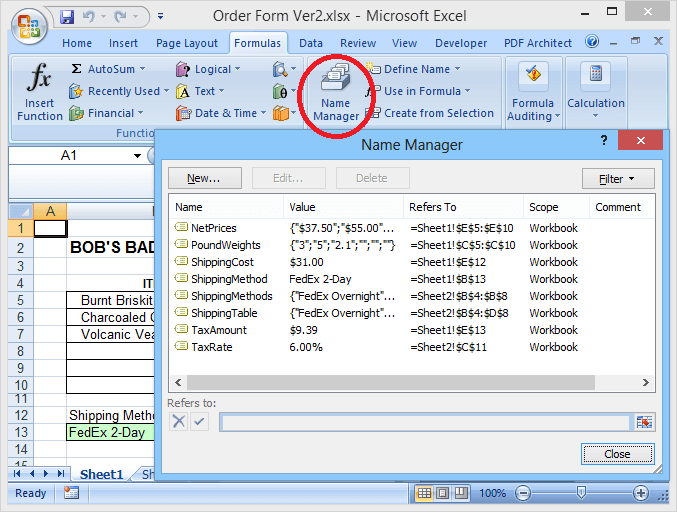



Why You Should Be Using Named Ranges In Excel



1




Excel Range Names What You Need To Know Fm




How To Define Range Based On Another Cell Value In Excel
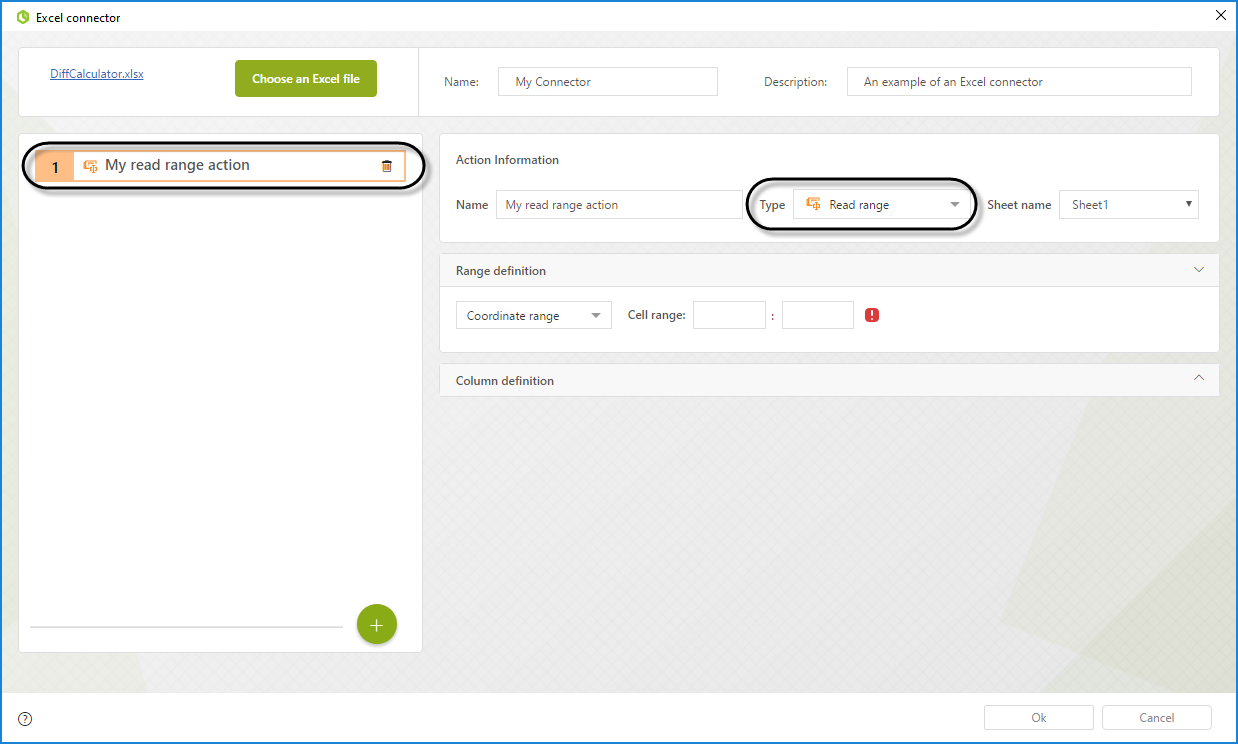



Bizagi Studio Integrating External Applications From Bizagi Excel Connector Read Range Action
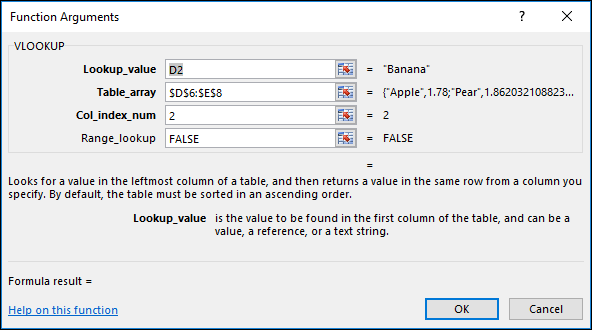



How To Correct A Name Error
/ContigousRanges-5bf433bd46e0fb0026fad75a.jpg)



Range Definition And Use In Excel Worksheets



0 件のコメント:
コメントを投稿